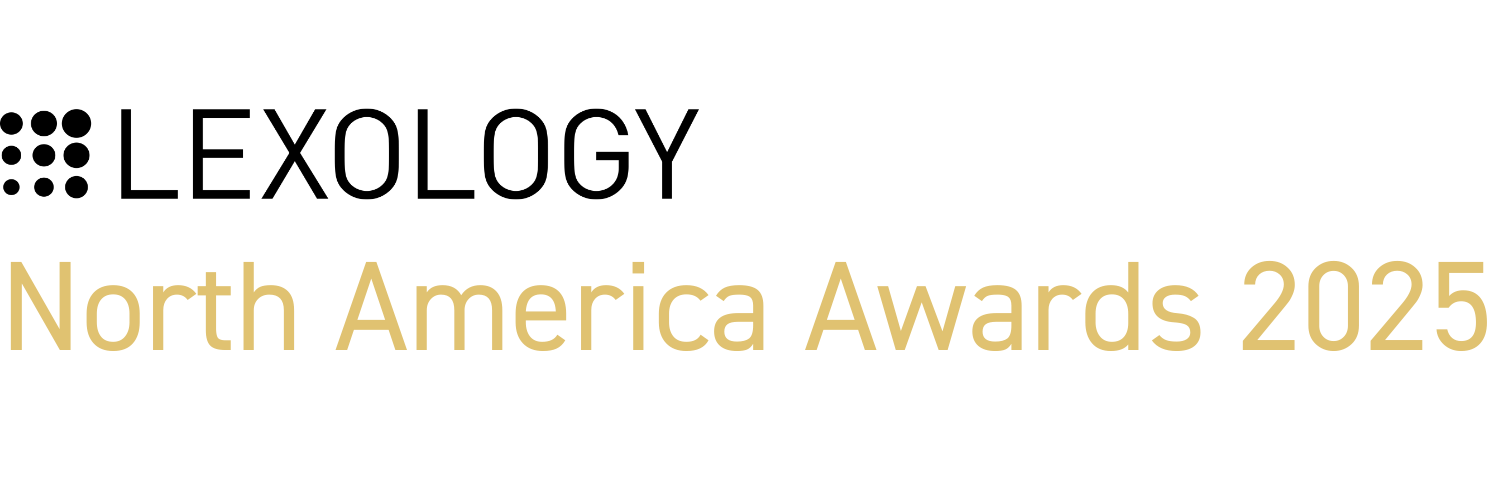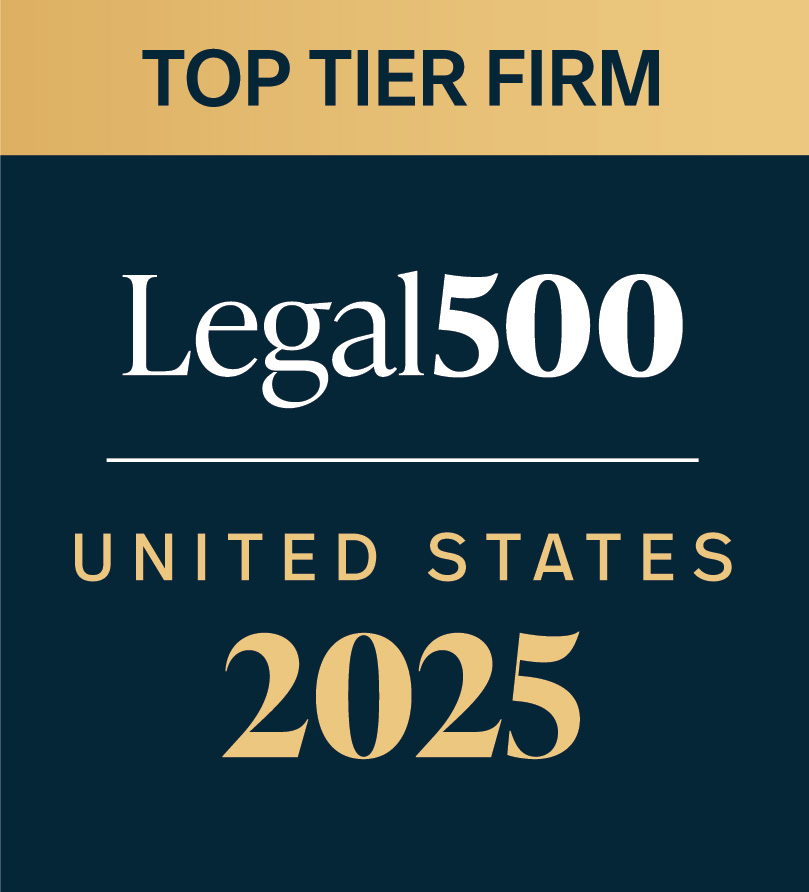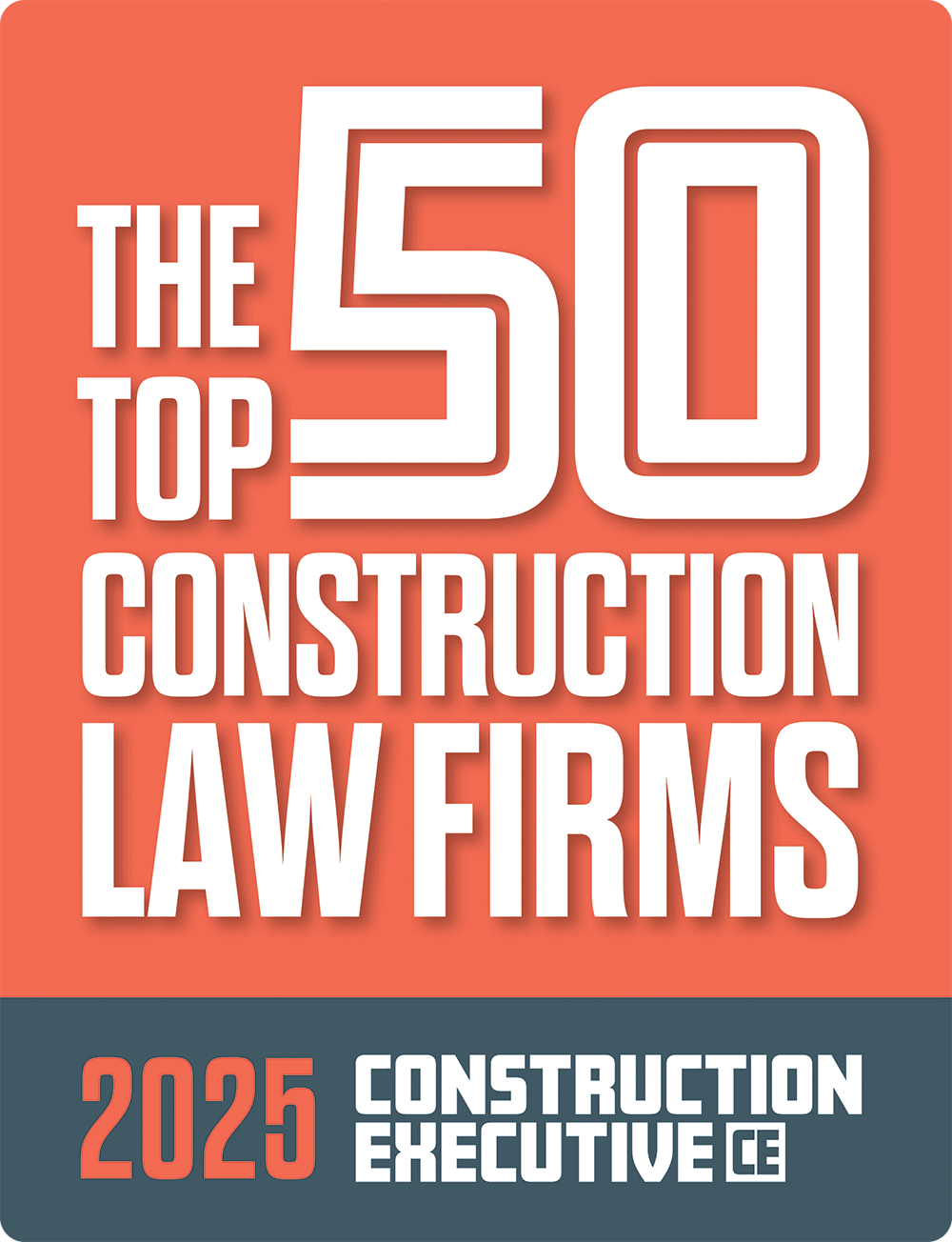Client Alerts & Publications
Time To “Construct” New Social Media Policies
Authors: Aaron C. Schlesinger, Jennifer L. Harris,
Published Date: March 17, 2022
This article was written for the ConsensusDocs newsletter and first appeared here
I. The Social Media Dilemma
Social media has significantly impacted all facets of society, especially the way people communicate. Its impact and application to the construction industry is no different. TikTok, the video-sharing platform, is one of the world’s most popular platforms today, with over one billion active users monthly. From just one video, users can gain thousands—if not millions—of followers overnight. Social media has been used to present a narrative that the workplace can be fun, or that employees are enjoying working together. Social media can also, however, serve as a tool to document a perfect storm of events, such as a building collapse or crane malfunction, which can then be misconstrued and smeared throughout the internet, all with your company’s logo in the background.
So, what happens when an incident on your jobsite is branded across social media as a #constructionfail, and the project owner ultimately initiates legal action? Can this video be used against your company? Can employers limit or otherwise restrict employees’ social media activity to avoid potential liability? How does the existence of social media posts affect dispute resolution procedures?
II. Employers’ Rights to Regulate Employees’ Social Media Use and Social Media #BestPractices
The construction industry has a strong social media following. On TikTok, the hashtags #constructionwork and #generalcontractor have amassed 513.5 million and 21.6 million views, respectively. Similarly, the hashtag #construction has about 19 million related posts on Instagram. Whether an employee chooses to engage in social media is his or her own decision. Thus, the question becomes whether the company has the right to limit an employee’s usage, and if so, whether the employee’s social media content violates the employer’s social media policy.
In the private sector, First Amendment protection does not apply to employees—there are limits to an employee’s freedom of speech and expression when it comes to speaking about employer-related issues. Such protection is better provided by the National Labor Relations Act (“NLRA”) which protects an employee’s choice to engage in concerted actions for the purpose of collective bargaining or mutual aid or protection. Importantly, employee grievances brought on their own behalf are not considered protected concerted activity. Moreover, flagrant conduct of an employee, even though occurring in the course of activity protected by the NLRA, will justify disciplinary action by the employer.
The NLRA also prohibits an employer from interfering, restraining, or coercing employees from exercising their rights. “This protection extends to certain work-related conversations conducted on social media, such as Facebook and Twitter.”[1] Specifically, employer social media policies cannot be so broad that they prohibit activities that are protected by federal labor laws, such as the discussion of wages or working conditions among employees.[2] Thus, employers should be cautious before disciplining and/or discharging employees for their social media activity. However, “[a]n employee’s comments on social media are generally not protected if they are mere gripes not made in relation to group activity among employees.”[3]
To walk the fine line between an employee’s rights and an employer’s legitimate business interests, every employer should have a clear, concise, and consistently applied written social media policy. Such policies are usually found in the company’s employee handbook but can also be presented as a stand-alone policy with a separate acknowledgement form. Social media policies should set forth guidelines on the following topics:
- an employee’s social media use during work hours;
- an employee’s ability to register their work e-mail address on social media;
- an employee’s off-duty social media conduct; and
- the prohibition against revealing confidential employer information.
A quality policy should also cover an employee’s ethical obligations, including not misrepresenting the job functions of a specific role or authority and to only write about what the employee knows by limiting content to the employee’s area of responsibility. Employees should further be advised not to post information that is known to be false or mere rumors about the company, employees working on behalf of the company or its subcontractors, clients, or competitors. The policy should also educate and remind employees that whatever they post on social media (even if privacy settings are engaged) can likely be easily disseminated to the greater online community and read by anyone: friends, family, colleagues, company management, clients, competitors, and journalists. All policies should include language encouraging employees to discuss any questions regarding social media usage with their supervisors or an appropriately designated individual and advising employees of the consequences they may face for violating the policy (e.g., discipline, up to and including termination).
In the construction context, it is critical that employers ensure that every employee, whether on site or not, as well as every subcontractor, supplier, or individual that is employed on the project, receives a copy of the social media policy, acknowledges the policy in writing, and agrees to abide by it.
All construction industry employees should also be coached on what to do in the event of a disaster or incident. In today’s social media climate, building collapses and other construction mishaps are often posted on social media in real-time, giving companies little time to react to media and public inquiries. Having a comprehensive social media policy in place before the issue arises will mitigate the potential for false or otherwise inaccurate or misleading information to leak to the public through social media channels from the company’s own employees and instead will leave the control with the company to determine the next steps forward in terms of public messaging.
III. Claims and Litigation Tactics
The ever-increasing presence of social media on job sites has the potential to affect the claims and may modify various litigation tactics. When litigation seems unavoidable, counsel should include in a litigation hold letter to their client that all employees’ social media posts be preserved, especially if the posts were created on employer-issued devices or pursuant to a bring your own device (“BYOD”) policy.
On a day-to-day basis, when on site, whether you are a foreman, owner’s representative, or quality control inspector, taking notes on who is taking photos, engaging in social media on site, or posting videos while on site could be a useful source of information when initiating or defending against an inefficiency, delay, or improper workmanship claim. Social media may serve as a real-time indicator of what work was being done and when—were the subcontractor’s employees more concerned with nailing their TikTok dance than meeting the schedule durations? The use of this real-time information could become as useful as daily reports, meeting minutes, or even time lapse photos of the project.
IV. Conclusion
Ultimately, there is no “one-size-fits-all” approach to a social media policy or how to address the presence of social media on a job site. Company policies should be drafted to address the specific needs of each company. All it takes is one video, one tweet, or one picture to damage a company’s brand, value, goodwill, and reputation, or to tank what was an otherwise legitimate claim. Therefore, strongly consider whether it is time to revisit and “reconstruct” your social media policy to head off the public viewing of a perfect storm or the destruction of your next claim.
[1] National Labor Relations Board, “The NLRB and Social Media,” (visited on February 22, 2022), https://www.nlrb.gov/about-nlrb/rights-we-protect/your-rights/the-nlrb-and-social-media. [2] Id. [3] Id.








